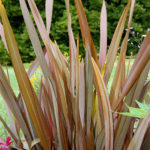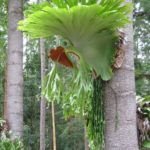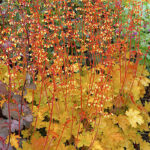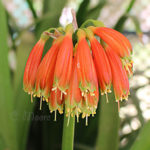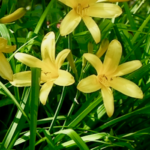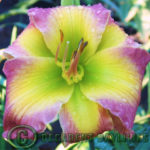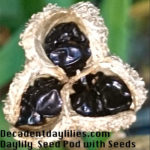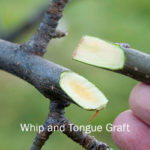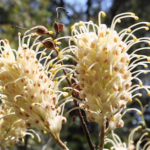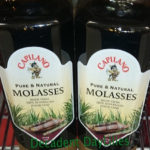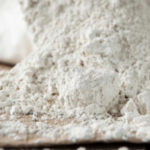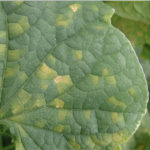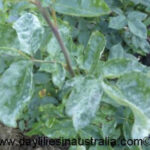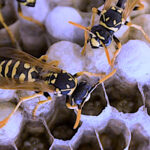
Hellebore Plants Winter Roses
Growing Hellebore Plants – Winter Roses
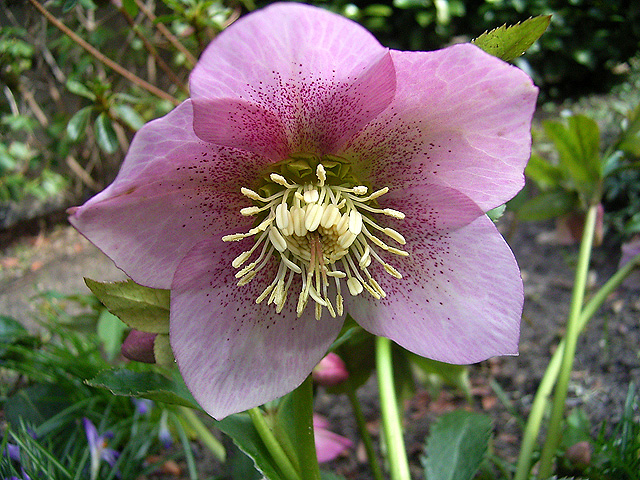 Hellebore plants are herbaceous perennials belonging to buttercup or Ranuculaceae family. Hellebore plants can survive well in severe winter conditions and produce flowers starting from winter and even during spring. Winter roses are also known as Christmas roses and have leathery leaves with cup-shaped flowers. They can add beauty to your garden during winter when the flowers are scarce.
Hellebore plants are herbaceous perennials belonging to buttercup or Ranuculaceae family. Hellebore plants can survive well in severe winter conditions and produce flowers starting from winter and even during spring. Winter roses are also known as Christmas roses and have leathery leaves with cup-shaped flowers. They can add beauty to your garden during winter when the flowers are scarce.
Where To Plant How to Grow
Hellebore plants can survive the heat, but cannot withstand humid conditions. They don’t get affected by cold or frost. In Australia, the ideal climate to grow these plants is experienced in Victoria and Sydney. Sandy soils are not suitable for Hellebores. They need soil with good drainage and cannot survive in waterlogged areas. When planting in your garden select areas which provide enough shade in summer and full sun during winter. They grow better under well established deciduous trees which provide enough mulch and sunlight for the growth of the plant.
You can grow Hellebore plants either in the ground or in pots, however, it has better growth when planted in the ground. If you are planning to grow them in pots you need to select hybrids. When planting in the ground you need to plant them at least 60 cm apart. Before planting, dig the ground deeply and incorporate organic manure. Plants may need watering during the first summer after that plants will tolerate drought conditions.
Maintaining the Plant
You can divide the plant and move them to new pots or areas during late autumn. Hellebores require some NPK fertiliser in late autumn to ensure good flowering. To maintain the plant, remove the old leaves when new growth appears during mid or late autumn. In the case of taller varieties, the old flower stems have to be cut down to the ground in spring. You can move the seedlings of these varieties in winter. Make sure you wash your hands after handling these plants as Hellebores are poisonous.
How to Propagate Hellebores?
There are two methods for propagating Hellebores; by division and by seeds. Growing the plants from seeds is difficult when compared to propagating them through division.
Propagation by seed
To attain maximum success in propagation through seeds it is necessary to sow the seeds when they are fresh. You need to collect the seeds from the parent plant when the seed pods begin to split open. If the seed coat hardens, then you have to mix the seeds with moist peat moss and should place it in the freezer for a few weeks before you sow them. Sow the seeds on multipurpose compost in pots and leave the pot in a warm, but shaded area. Water the pot just to make the compost moist. The seeding will start to appear in autumn in most of the varieties and in some species, it may extend till spring.
Propagation by Division
This is considered as the simple method for propagating Hellebores. The clumps have an extensive root system. You will have to lift the clump from the ground by digging around the plant using a large fork. Gently try to loosen the roots and divide the clump many times and plant them in the new location in prepared ground. You can also separate the seedlings around the parent plant and plant them into quality potting mixture.
Hellebores are tough plants and another suitable plant for xeriscape gardening. I may water mine once or twice or maybe not at all during our near rainless hot summers.


